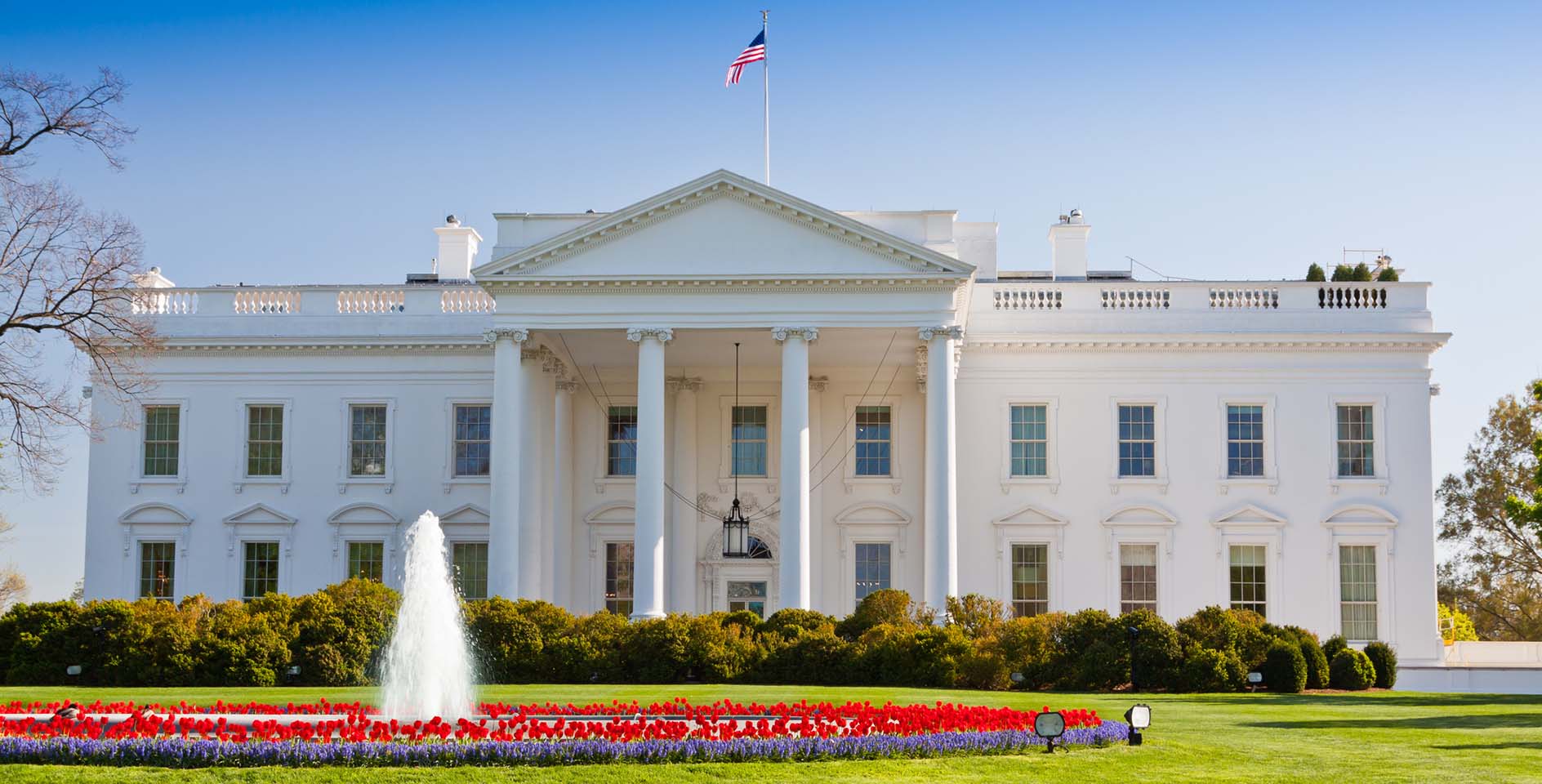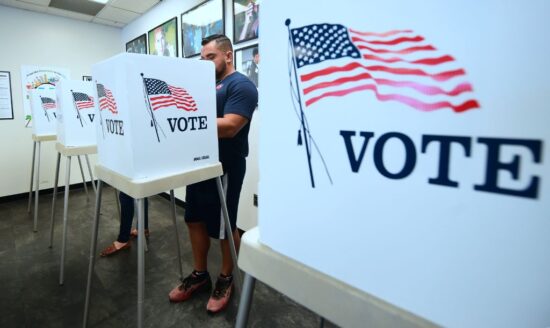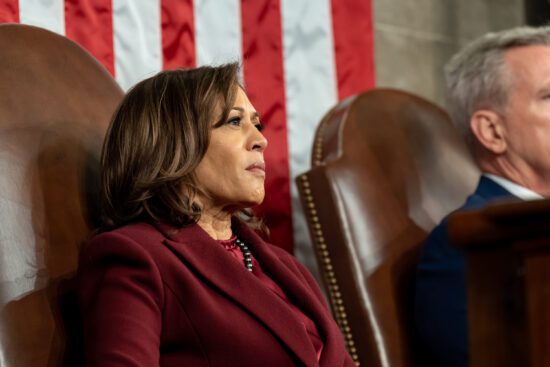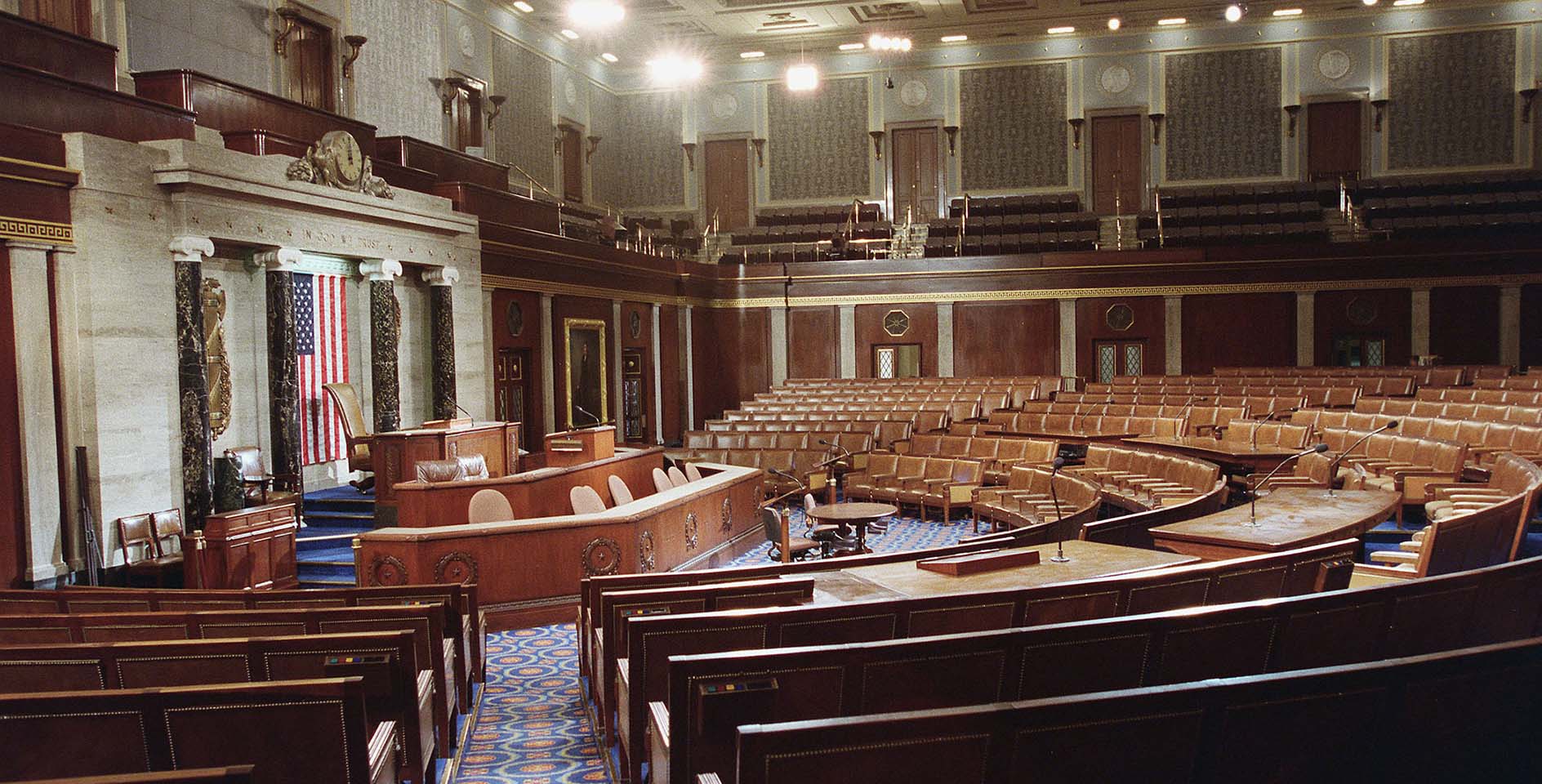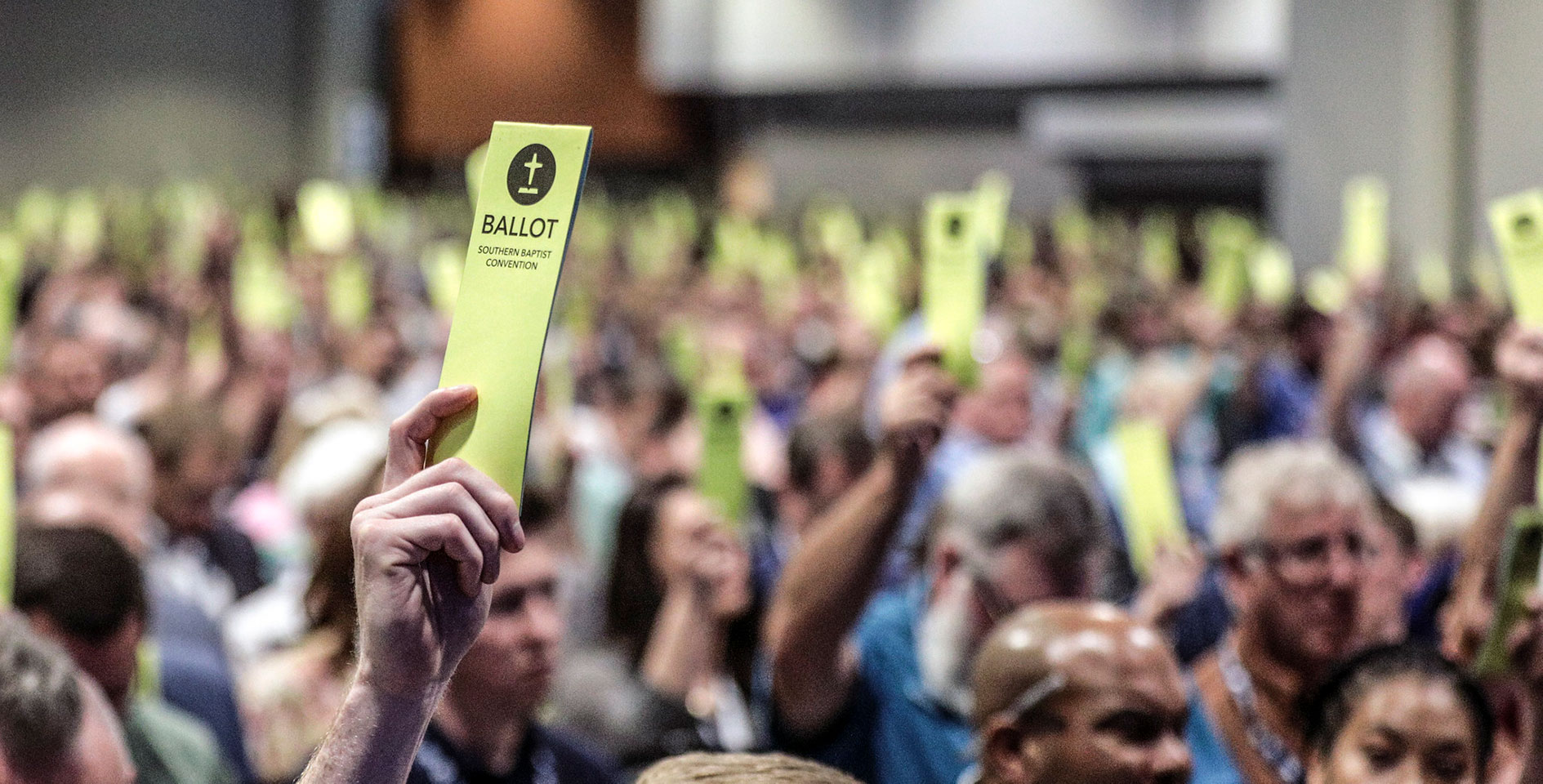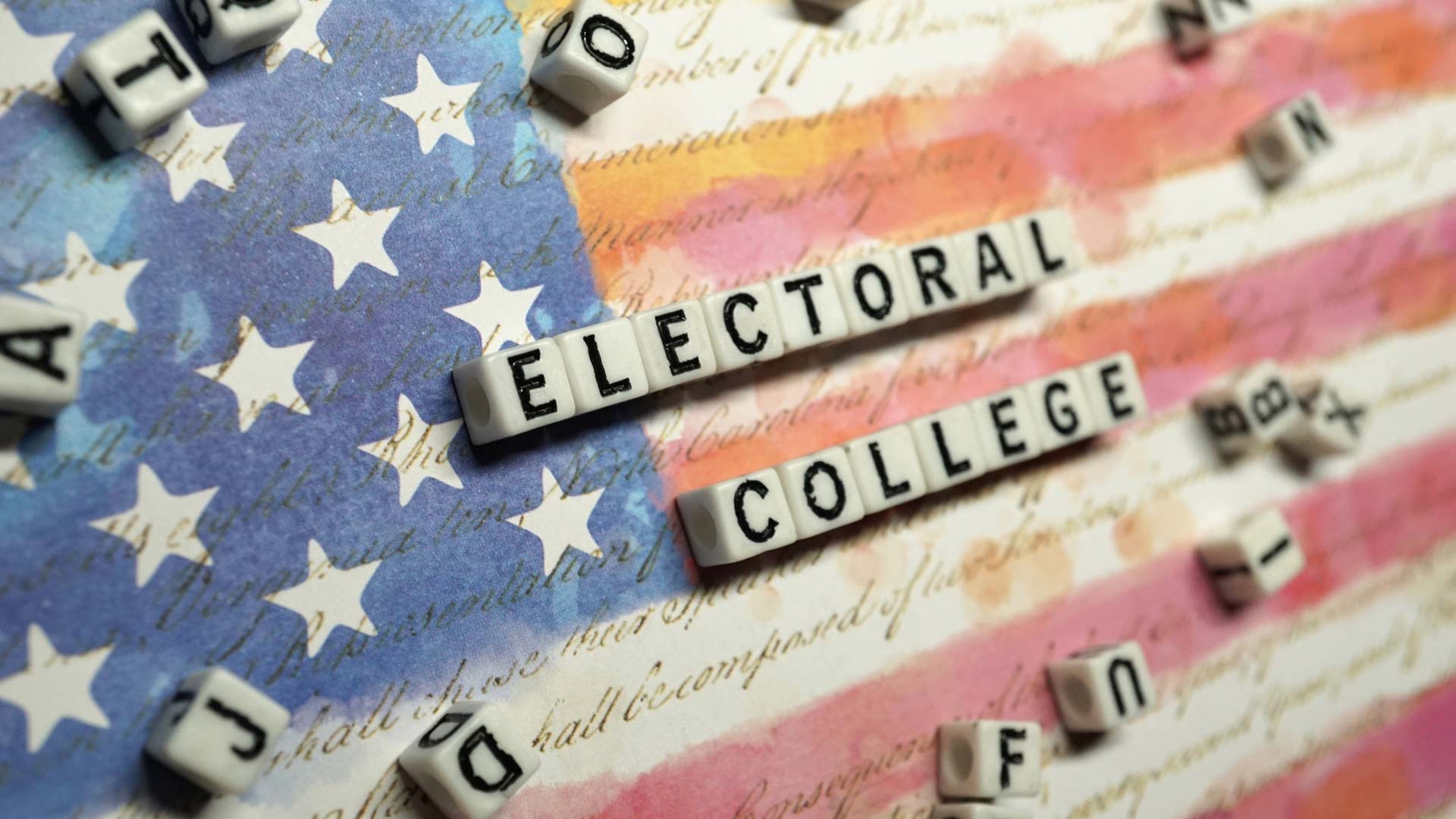On Super Tuesday, President Joe Biden and former President Donald Trump officially secured the number of delegates needed to clinch their parties’ presidential nomination. This ensures that they will be facing one another in a rematch, the first to feature two U.S. presidents since 1956. Despite reaching this milestone, the candidates still face a long and complex process as they head toward the general election. The period between Super Tuesday and Election Day is particularly crucial, encompassing the:
- remaining primaries and caucuses,
- party conventions,
- the development of political party platforms,
- and the general election campaign.
Here is an overview of what happens during this critical phase for both the Democratic and Republican parties.
After Super Tuesday
In most states, presidential candidates are awarded delegates based on the results of primaries and caucuses. Delegates are individuals who represent their states or districts at their party’s national convention and help choose the party’s nominee. The Democrats and Republicans use different approaches to allocating delegates and have differing thresholds:
- a Republican candidate needs 1,215 delegates to win the nomination,
- while the Democratic candidate needs 1,869.
Super Tuesday, typically held in late February or early March, is a significant day in the primary election season when multiple states hold their primaries or caucuses simultaneously. The results can substantially impact the race for both parties’ nominations, as a large number of delegates are allocated based on the outcomes in each state. This year, Super Tuesday occurred on March 5.
Following Super Tuesday, a series of state primaries and caucuses continue according to a predetermined schedule.
- These contests are normally pivotal in accumulating the delegates needed to secure a party’s nomination.
- In most election years, key states, such as New York, Pennsylvania, and California, significantly influence the race due to their large number of delegates.
- As the primaries progress, candidates aim to reach the required threshold of delegates.
- In some cases, a contested convention may occur if no single candidate reaches this required number.
Campaign strategies often pivot after Super Tuesday, as candidates assess their standings and target states more strategically. Those with fewer delegates may suspend their campaigns, turning the race into a clearer head-to-head between the frontrunners, as happened this year. In the Democratic Party, superdelegates—party officials with the freedom to support any candidate—play a unique role, especially in close races.
National conventions and party platforms
The Republican National Convention is July 15-18.
The Democratic National Convention is Aug. 19-22.
National conventions mark the official nomination of each party’s presidential candidate.
- These events serve as a platform for key speakers, including party leaders and rising stars, to address the nation and rally support.
- The conventions are also a critical moment for displaying party unity, introducing the vice presidential candidates, and appealing to undecided voters.
Central to these conventions is the adoption of each party’s platform. Platform committees, composed of party members and stakeholders, draft a document outlining the party’s stance on various issues, such as the economy, healthcare, foreign policy, and social matters. The platform development process can highlight the internal dynamics and ideological spectrum within each party.
The race to Election Day
The end of the convention usually comes with the nominated candidates delivering their acceptance speeches, marking the true start of the general election campaign. Following this start:
- running mates take part in a single vice presidential debate to introduce themselves and showcase their qualifications;
- a series of presidential debates, typically three, take place in the weeks leading up to the election, providing candidates an opportunity to present their policies, challenge their opponents, and appeal to undecided voters.
On Election Day, held on the first Tuesday following the first Monday in November, millions of Americans cast their ballots (154.6 million in 2020).
The Electoral College, rather than the popular vote, ultimately decides the presidency, adding a layer of complexity to the final outcome. But on election night, as the votes are tallied, exit polls and early results provide insights into the potential outcome. Media outlets project the winner based on available data, and once the result is clear, the losing candidate traditionally concedes while the winner delivers an acceptance speech.
The period from Super Tuesday to Election Day is more than a series of political events; it’s a reflection of the democratic process in action. For all Americans, understanding this complex process is useful for appreciating the peaceful transition of power that defines American democracy. For Southern Baptists, engaging with this process is part of the stewardship of our civic duties, an opportunity to:
- reflect our convictions in the public sphere,
- pray for our leaders as part of our ongoing pursuit as citizens of a more perfect union,
- and seek the flourishing of our neighbors by bringing the gospel to bear on the public square.



